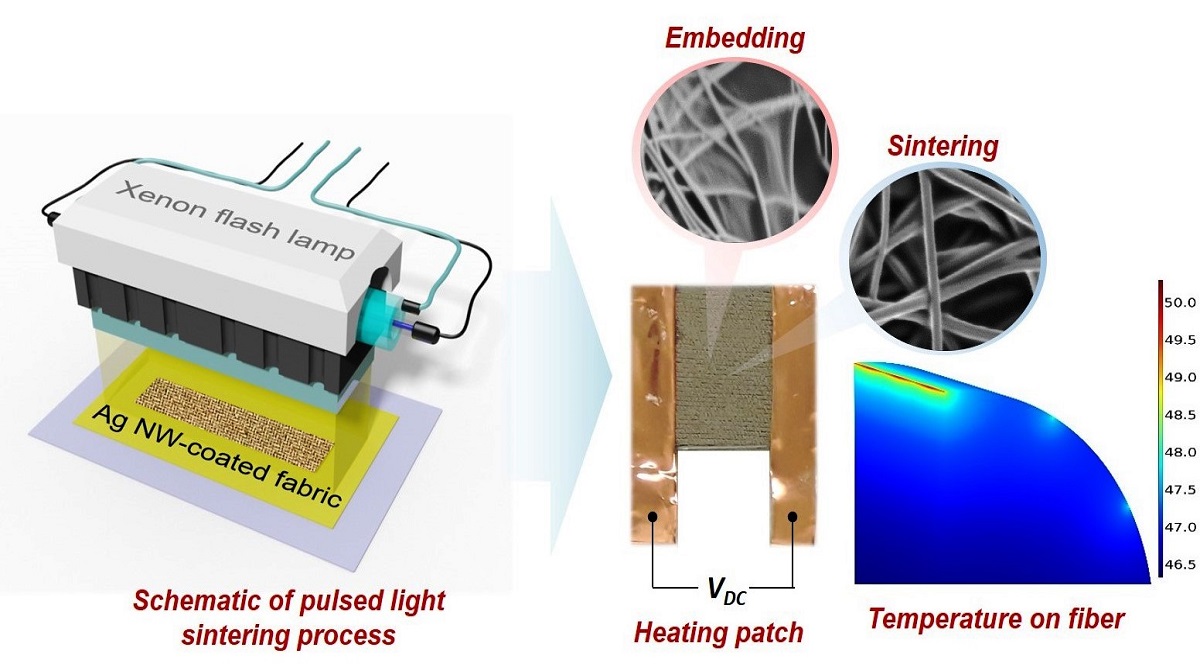Astronauts may lose bone density after returning to Earth: Study
This loss happens because bones that would normally be weight-bearing on Earth, like your legs, don't have to carry weight in microgravity.
The new patch’s heating performance is nearly 70 per cent higher than similar patches and may help warm anyone who works or plays outdoors.

Powered by single cell batteries, it can significantly reduce electric bill as well as carbon footprint. (Image: news.rutgers.edu)
Researchers, including one of an Indian-origin, have developed a thin, durable and high-tech personal heating patch that could be sewn into clothes to generate heat, while significantly reducing users’ electric bill as well as energy waste in buildings.
The low-cost and flexible heating patch is made from polyester fabric fused with tiny silver wires, using pulses of intense light.
Advertisement
Powered by single cell batteries, it can significantly reduce electricity bill as well as carbon footprint.
Advertisement
It is estimated that 47 per cent of global energy is used for indoor heating, and 42 per cent of that energy is wasted to heat empty space and objects instead of people.
“This is important in the built environment, where we waste lots of energy by heating buildings — instead of selectively heating the human body,” said Rajiv Malhotra, an Assistant Professor from the Rutgers University in the US.
Solving the global energy crisis would require a sharp reduction in energy for indoor heating, Malhotra said.
The new patch’s heating performance is nearly 70 per cent higher than similar patches and may help warm anyone who works or plays outdoors.
It is more durable after bending, washing and exposure to humidity and high temperature, as described in the journal Scientific Reports.
Further, the team wants to research whether this method can be used to create other smart fabrics, including patch-based sensors and circuits.
The engineers also want to determine how many patches would be needed and where they should be placed on people to keep them comfortable while reducing indoor energy consumption.
Advertisement